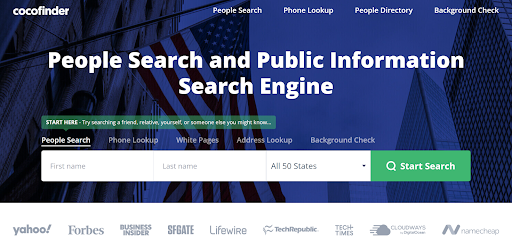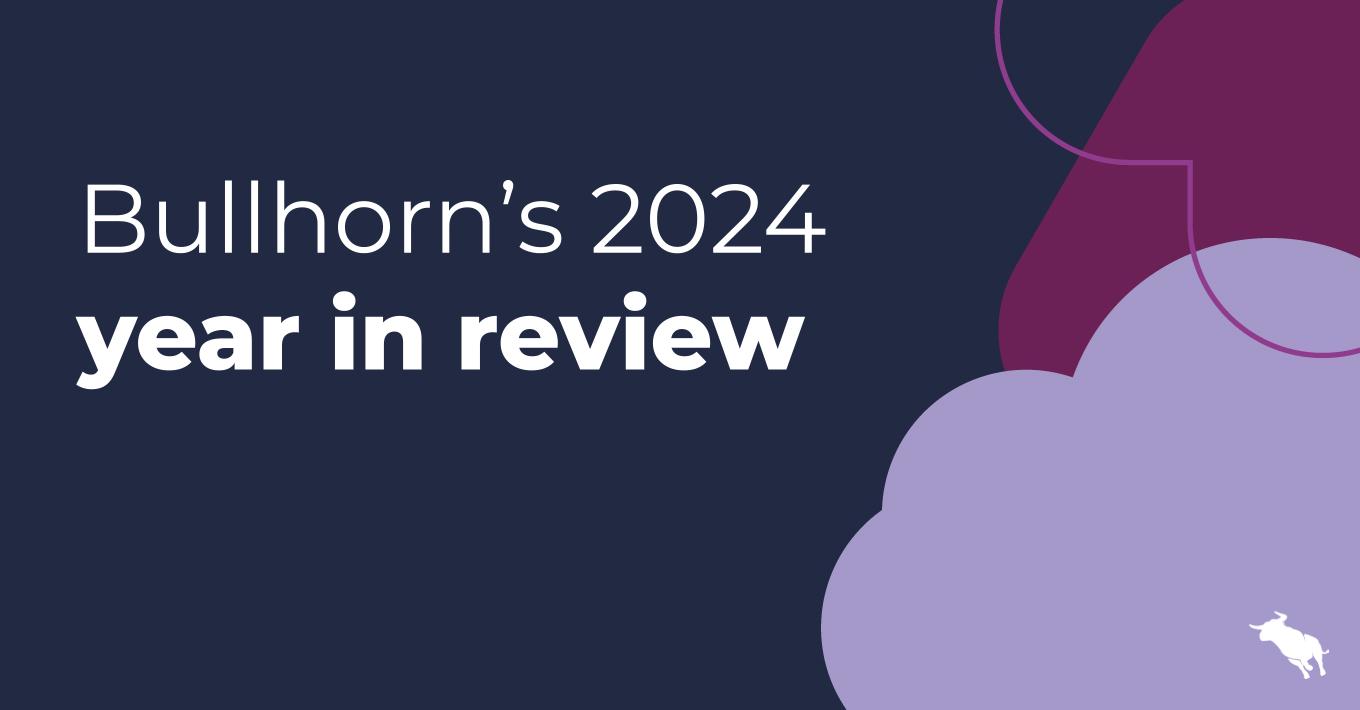Human Resources continues to evolve with new and changing laws, trends, and business needs. Yet, many of the various HR pillars have remained constant. Simply put, HR pillars are the main focus areas that form the building blocks of a company’s HR and people strategy.
Let’s get back to basics and explain the fundamentals of HR, the main HR functions and foundations, and get an overview of the key pillars of HR to help you build an effective people strategy.
Contents
What is Human Resources?
HR functions
The foundations of HR
Human Resources pillars
The overarching ‘roof’ of HR

What is Human Resources?
Human Resources (HR) is a fundamental aspect of any organization. The term refers to:
- A function: HR as a business function involves processes and strategies for attracting, developing, and retaining talent to ensure company success.
- A department: The HR department manages all HR activities, including recruitment, onboarding, compensation, development, performance management, and employee relations.
- HR as the workforce: Human resources are essentially the employees of the organization.
Whether it’s developing company policies, hiring, onboarding, employer branding, and developing compliance standards, the HR function is responsible for managing a company’s entire employee experience. To do so effectively, the team must have all the HR pillars aligned to deliver effectively to meet both business and people strategy goals.
These pillars are outlined in greater detail in this article. In addition to pillars, Human Resources is comprised of HR functions and HR foundations.


HR functions
Some of the main HR functions include:
- Recruitment, hiring, and retention: Development of an effective recruitment and hiring strategy, as well as ongoing retention efforts
- Employee engagement: Help drive employee engagement by creating and maintaining a positive and growth oriented work environment for employees where open communication is encouraged and modeled
- Performance management: Support the performance management process by assisting employees and managers with the annual performance review process and encouraging ongoing feedback throughout the year
- Training and development: HR should be proactive in determining what training would benefit the workforce and help create those training programs accordingly
- Compensation and benefits: Ensure market pay research is up to date and considered in the company’s compensation and benefits structure.
- Compliance: HR needs to help ensure HR compliance with all applicable labor laws and regulations, including the development of policies and procedures.
- Strategic planning: Support the company with the development and administration of strategic business plans.
- Safety and health: Remain in compliance with any safety and health regulations and support related initiatives. Provide required training as needed.
- Employee wellbeing: Implement programs that prioritize employees’ physical and mental wellbeing, including employee assistance programs, mental health awareness initiatives, physical health programs
The foundations of HR
HR also consists of some main foundations and key areas. HR drives and provides oversight to these functions, which include:
- Workforce strategy: HR should drive a company’s workforce strategic plan, which includes assessing staffing needs, both in numbers and skills, maintaining competitive pay and benefits, supporting the performance management and career development process. This includes current and future needs.
- Organizational design: Support the management and implementation of a company’s strategic strategy. A company’s strategy is a key component in determining its organizational and company culture.
- HR services: Research and implement HR services that support employees and the business, such as HR self-service features, employee assistance programs, etc.
- HR technology: With a seemingly limitless amount of available HR technology options, HR can drive the implementation of cost-effective technology solutions that support HR services, payroll, compliance, reporting, timekeeping, and other HR functions.
Human Resources pillars
A company’s HR strategy is a roadmap for how companies manage their number one asset, their employees. There are several HR “pillars” that are key to. an effective and successful HR strategy. The HR pillars include the following:
Pillar 1: Talent acquisition and recruitment
HR professionals in talent acquisition and recruitment teams are responsible for recruiting, hiring, and onboarding new employees. They’re responsible for the entire hiring process from “A to Z”.
The role of recruiters includes consulting with managers on hiring needs and type of employment needed (full-time, part-time, temporary, contingent workers, etc), development of job postings, sourcing of candidates from job boards, job fairs, and social media – all with the goal of developing skilled and diverse candidate pools.
Recruiters also support the screening and background check process, conducting initial or “screening” interviews, and coordinating with the hiring manager on final hiring decisions.
Pillar 2: Talent management
Talent management is the process of attracting, developing, motivating, and retaining employees. It includes attracting top talent and ensuring they have the tools and resources they need to succeed and thrive. This will help drive employee performance and productivity, which ultimately supports the company’s goals and mission.
Tied to talent management are employee experience and engagement.
- Employee experience covers all the elements and components of the employee life-cycle, from onboarding to performance reviews, team meetings, developmental opportunities, offboarding, etc.
- Employee engagement reflects how employees feel about working at the company, engagement in the job they perform, understanding of how their job makes a positive impact on the company, etc. Note that there is a difference between employee experience and engagement, but both are equally important
HR tip
HR plays an important role in an employee’s experience and engagement by coordinating various team building activities that promote a positive and inclusive environment. Whether the team building event is virtual, in-person, onsite or offsite – the options for connectivity abound! These are opportunities for employees to get to know each other better and appreciate each other’s uniqueness, and also promote the cohesiveness of a team.
Pillar 3: Legal and regulatory compliance
This HR pillar serves as a foundation of all HR processes, and HR ensures that the company is compliant with all applicable laws and regulations. HR coordinates communication and training of these laws, such as anti-discrimination and anti-harassment. HR needs to stay abreast of new laws or changes to existing laws.
Pillar 4: Performance management
Performance management is the ongoing process of evaluating how individual employees are performing, identifying areas of improvement, and recognizing achievement. Many companies conduct performance reviews on an annual basis, with ongoing feedback or informal reviews throughout the year.
There should be no surprises come review time. Managers need to be communicating with their employees on a regular basis. This includes providing ongoing informal feedback – both positive and negative – and addressing any performance-related issues in a timely manner as opposed to waiting for the annual review.
HR plays a key role in the overall performance management process. They can determine the company’s performance management schedule and cycle, provide performance management training to managers, help managers complete reviews for their employees, assist management and employees with facilitating performance management discussions, and assist in the development of performance improvement plans.
Performance review practices include setting clear expectations, and encouraging employee input during the review about their satisfaction, career goals, questions, etc.
HR tip
Performance management training for managers is critical to developing accurate and effective performance reviews. HR can assist managers in making sure they are clearly and tactfully articulating their assessment of an employee’s performance. Performance management training can include tools such as sample performance review templates, role playing exercises, and methods to make the performance review process collaborative.
Pillar 5: Rewards and recognition
Rewards and recognition programs are common and effective ways to incentivize and motivate employees, and both programs show appreciation to employees for their contributions.
Rewards are typically connected to a specific metric and come with some type of recognition. For example, if employees in the sales department exceed their goals, then the manager may present them with a gift card as a reward, and a verbal “thank you” as recognition, either individually or in a staff meeting. Many companies also provide service awards, which recognize an employee’s years of service milestones.
With recognition, there may or may not be a metric. Employees can be recognized for many things, such as hard work on a project, positive attitude or teamwork, going above and beyond, etc. Rewards and recognition can include work anniversaries and promotions, life events, such as birthdays, weddings, professional certifications or graduations, and individual or team accomplishments.
HR drives many of the reward and recognition initiatives and programs within the company. HR should make rewards and recognition a consistent process. Not only does that promote fairness and equity, but it gives employees something to work towards and look forward to.
Pillar 6: Career development
Employees want to feel supported by their employer when it comes to their career growth and development. Even if employees are happy in their role and not looking to switch jobs or get promoted, there still is always something to learn and ways to grow in a current role. Employees should feel comfortable expressing their career and developmental interests to their managers and HR. These types of discussions often occur during an employee’s performance review.
There are many facets to career development, such as training classes, job shadowing, developmental rotations, etc. HR can help initiate and organize all of these developmental activities. The development of employees often requires that the company invest dollars and time, but it has long-term benefits such as higher quality, engagement, morale, productivity, and retention.
HR’s support of this initiative is important, and HR needs to keep an “open-door” communication policy with employees, especially when employees don’t feel comfortable – for whatever reason- with discussing their development with their direct supervisor or manager. HR can provide support and find options to help facilitate the employee-manager discussion.
Pillar 7: Employee relations
Employee relations focuses on strengthening and cultivating the employee-employer relationship. HR professionals in this pillar support job satisfaction, organizational culture, employee engagement, and resolving workplace conflict. Some of the practices that help lay the foundation of positive employee relations include promoting, encouraging, and rewarding open and candid communication through the organization’s policies, processes, and procedures. This also extends to offering perks such as flexible work schedules, developmental job rotations, and working with management on leading by example.
HR tip
HR can develop and initiate tools such as employee engagement surveys and other anonymous resources that help measure employee relations and identify areas of improvement. Surveys can be administered at various intervals, such as annually, and HR should analyze the results/data for any patterns that need addressing. Being proactive can help address issues before they escalate – all which support the company’s employee relations pillar. Confidentiality of any surveys is key!
Pillar 8: Employee exits
Effective exit management focuses on providing a positive offboarding experience for departing employees for both voluntary and involuntary terminations. Exit interviews are important because they provide an in-depth look at the various components of an employee’s overall experience.
HR usually conducts exit interviews and should be consistent with how they’re administered. HR needs to collect and analyze the data received from exit interviews on a regular basis to address any patterns, concerns, or grievances. Being proactive about issues can help mitigate legal risks to the company. Additionally, some companies offer support in career transition and post-employment matters as part of the offboarding process.
The overarching ‘roof’ of HR
While HR strategies define the various logistics of HR-related functions (recruitment, compensation and benefits, training and development, etc.), people strategies outline the various methods to enhance and improve how employees carry out their roles, all while supporting the company’s business and HR strategy. A company’s people strategy aspires to introduce processes and programs that improve employee performance, which supports employee retention, and can ultimately positively impact the company’s bottom line.
A company’s people strategy is directly related to the effectiveness and administration of its HR pillars. Without those solid pillars, the “roof” of HR may begin to crumble.
Key takeaways
Today’s Human Resources departments have come a long way from days when their main responsibility was “hiring and firing.” HR now plays a strategic role in the daily operations of the organization’s business, particularly when it comes to employee engagement, HR compliance, and remaining proactive with the ever-changing HR initiatives, laws, and regulations.
When developing or updating an HR or people strategy, HR needs to define and incorporate HR pillars, as they cover and support the lifecycle of a company’s most valuable asset – its employees.











